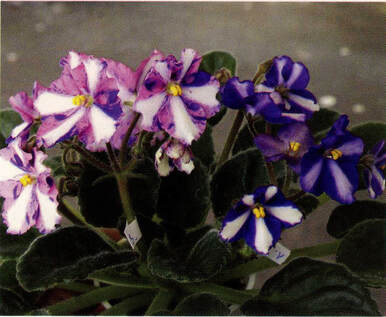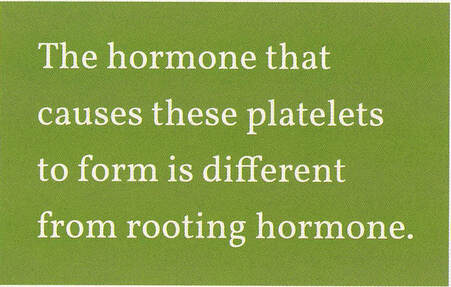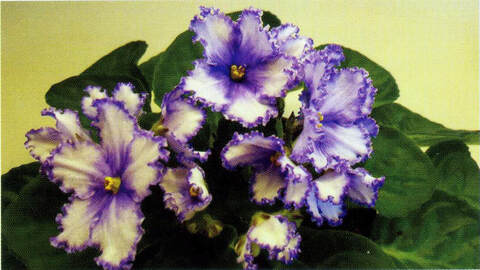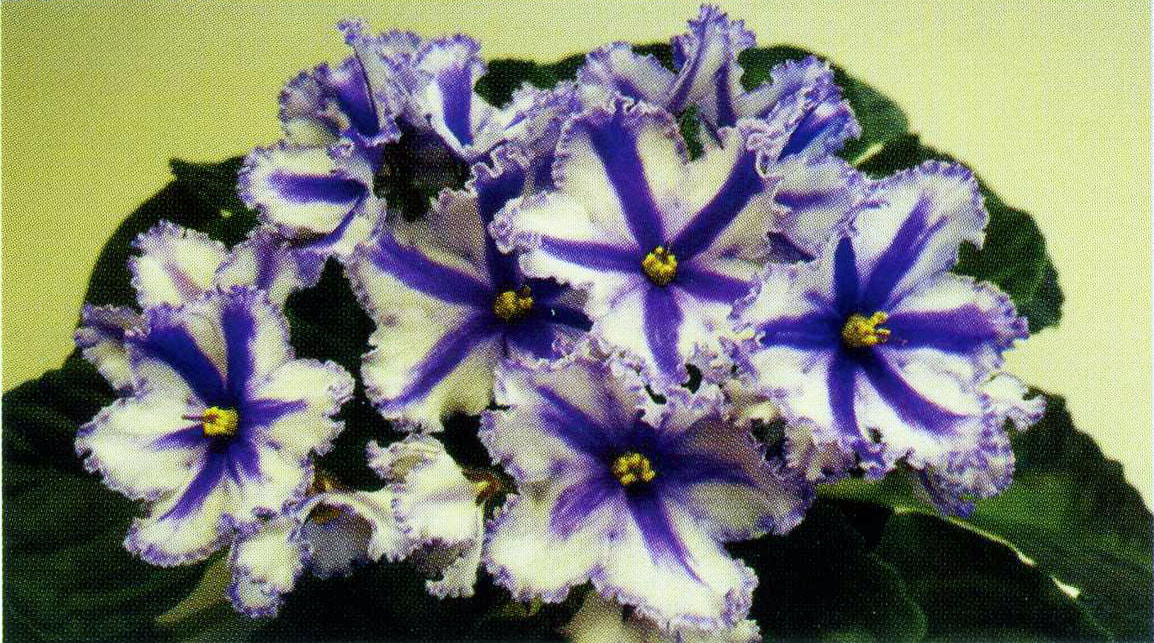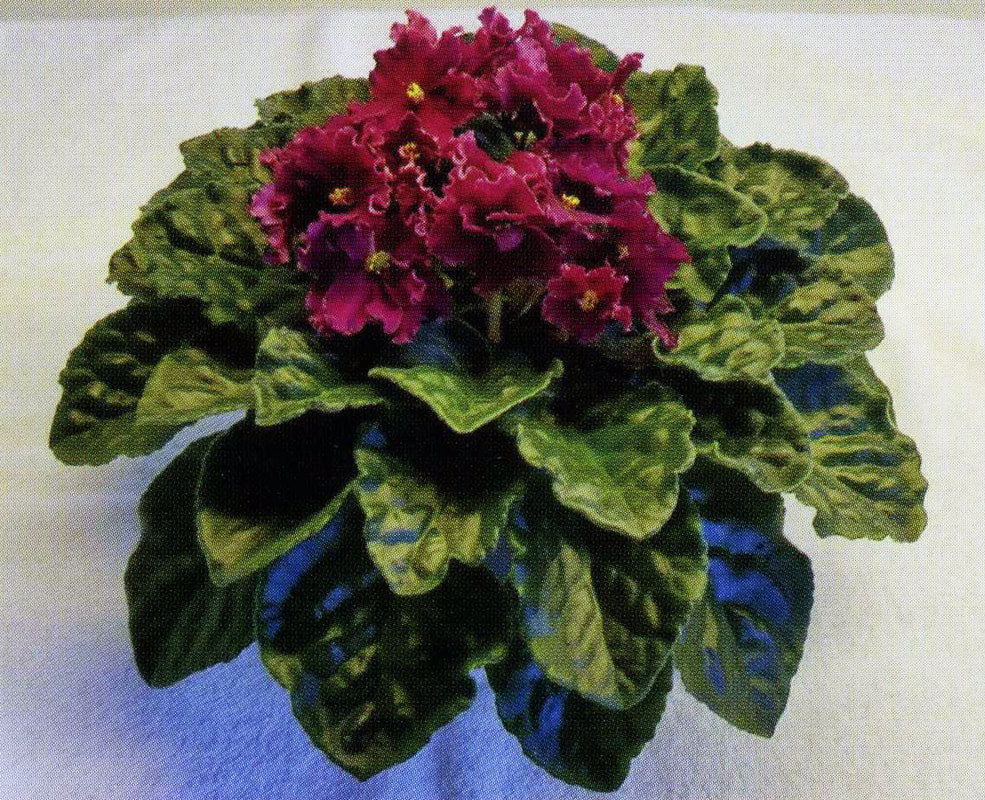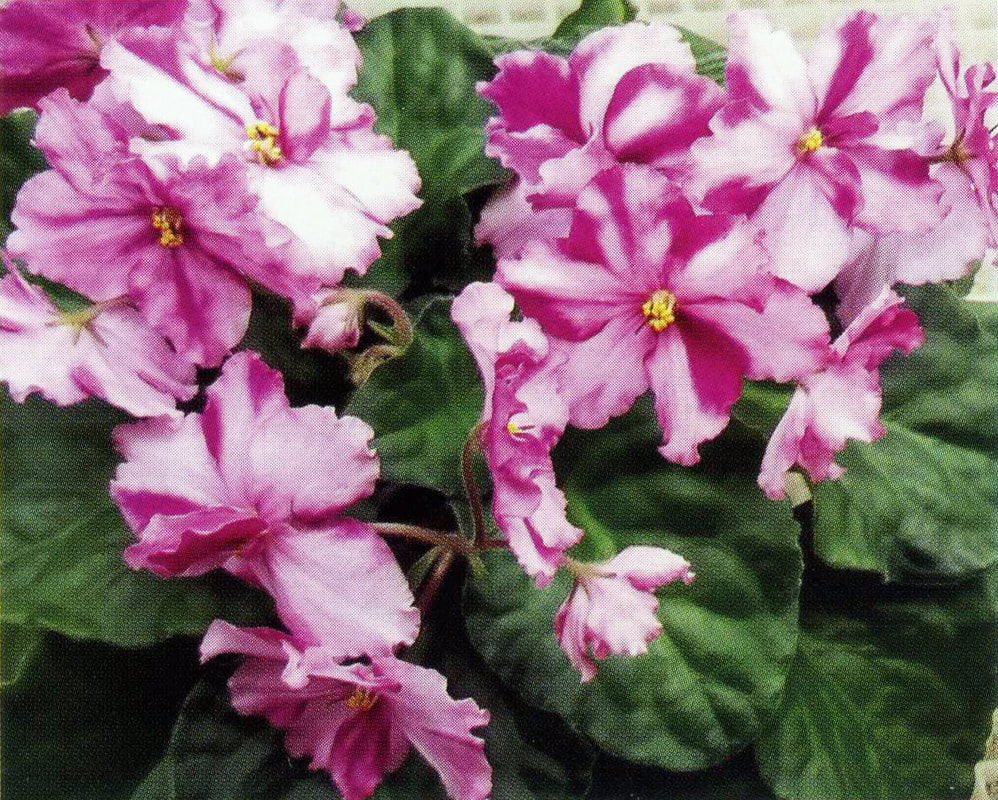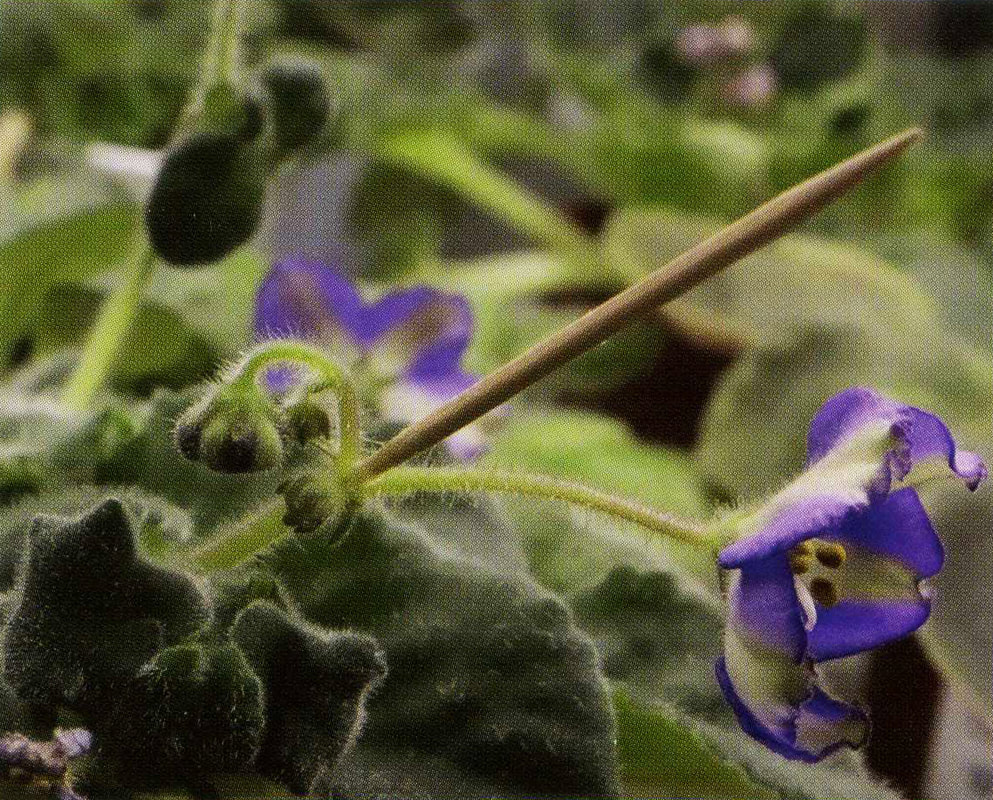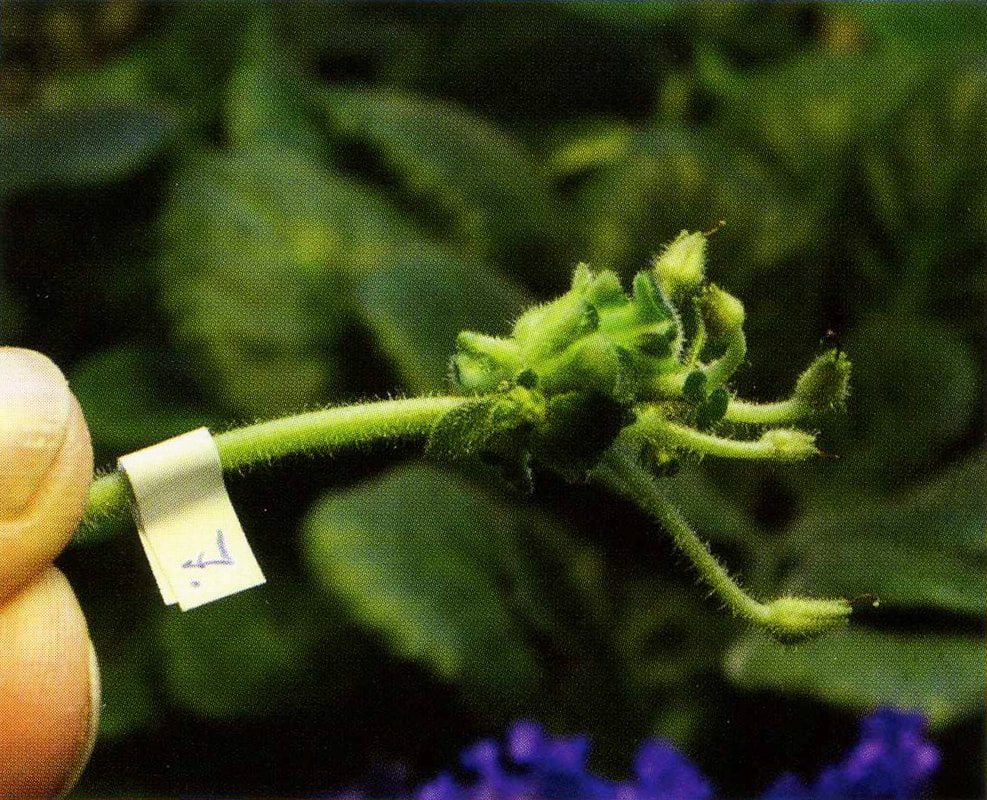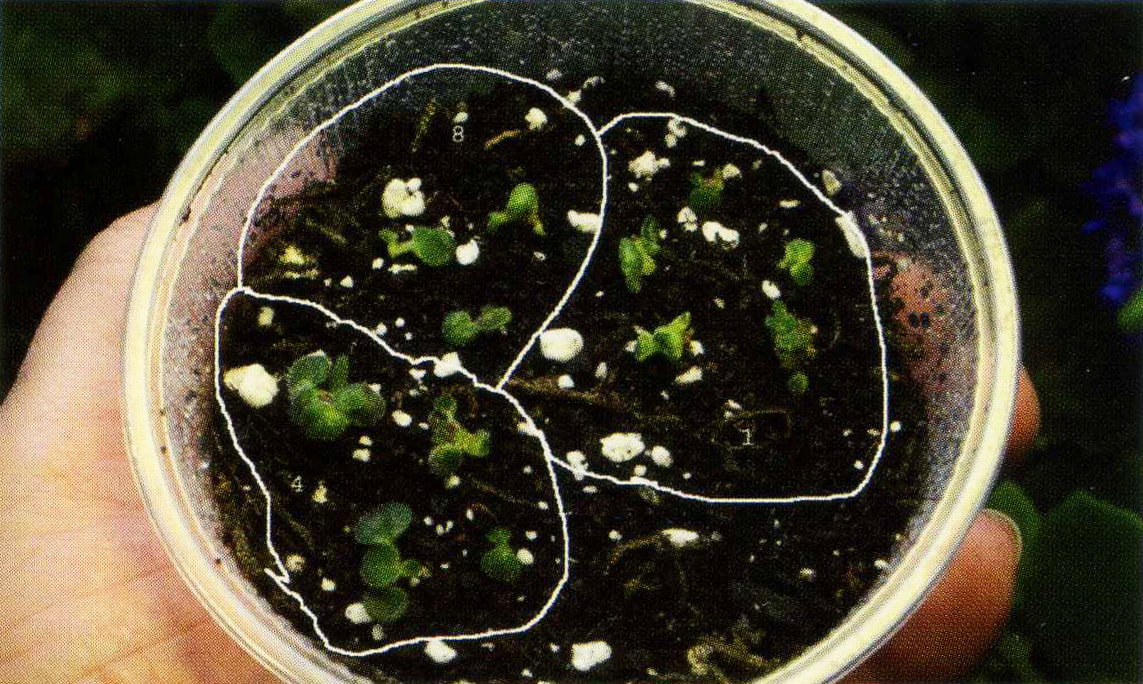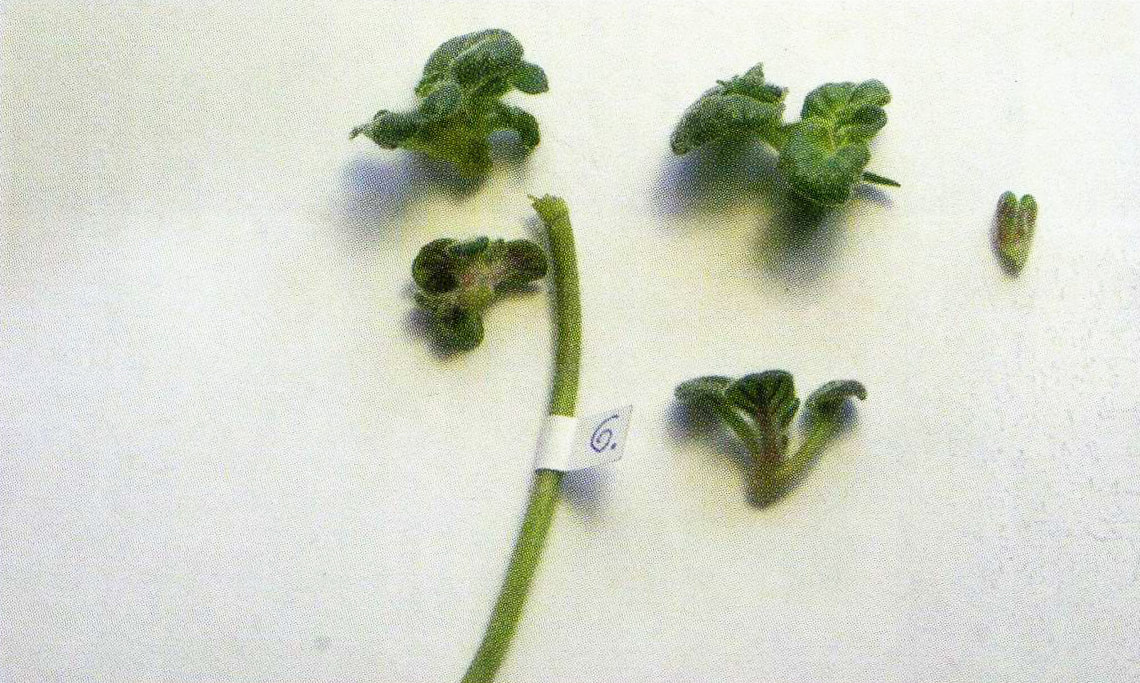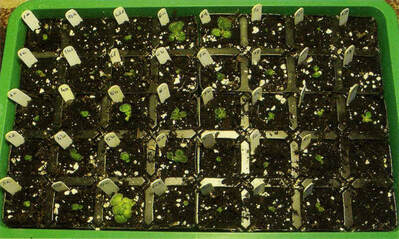Sports: Blessing or Curse? |
|
By Bill Chaney La Pine, Oregon
First published in the African Violet Society of America magazine Sports are plants (or sometimes only a part of a plant) that are different from the original. If you have paid good money to buy a leaf on eBay and the resulting babies produce a plant that has blooms quite different from what you expected, it can be a big disappointment. However, if the blooms are beautiful and different from the original, you might be fortunate enough to have a sport that can be propagated or even introduced.
The AVSA maintains a list of registered sports and the variety from which they originated. If you study this list, you will notice that most of the sports seem to be discovered by the hybridizer of the original variety. That is because the hybridizer is likely to have propagated more plants than anyone else. Sports are part of a natural phenomenon that occurs at a very low frequency, so the more plants you propagate, the more likely you will encounter a sport.
Sport Growers There is a person on the list who has discovered and named more sports than anyone else. His name is Stan Ko and he lives in Hong Kong. Stan has re-ported that he propagates plants from leaves in the normal fashion, but he chooses the smallest and weakest baby plants and subjects them to stressful conditions to shock them and encourage sports. He grows these tiny, weak plants at higher-than-normal temperatures and in a more acidic medium than normal. Stan has seen up to 20 percent of these babies grow to be sports. One of the most commonly seen types of flower variations in sports is a chimera pattern. In a chimera bloom, often one portion of the petal is missing the color that was seen previously across the entire
Stan has seen up to 20 percent of these babies grow to be sports.
One of the most commonly seen types of flower variations in sports is a chimera pattern. In a chimera bloom, often one portion of the petal is missing the color that was seen previously across the entire petal, or the color of the petal becomes concentrated in a stripe in the center of the petal. Jere Trigg of Alabama has introduced many beautiful standard varieties, and several are chimeras (see photos).
During the normal leaf propagation of this variety, an attractive sport emerged with a "tie-dyed" appearance, which he has named Jere's Serendipity.
Some sports, like chimeras, cannot be propagated from leaf cuttings like most varieties. This is because the genetic modification that causes the altered flower color pattern is only present in the parts of the plants that directly lead to the bloom, such as the bloom stalk. These varieties can only be propagated by using the bloom stalk or from suckers on the plant. In either method, the chance of getting a true blooming chimera is high, but there is no guarantee. Bloom-Stalk Propagation Bloom-stalk propagation can be accomplished by rooting the bloom stalk in a fashion similar to rooting a leaf. A new plant arises from either the base of the bloom stalk or sometimes from the axil of the tiny leaflet on the bloom stalk. It is also possible to encourage platelets to form in the leaf axils by using a plant hormone. The hormone group that causes these platelets (cytokinins) to form is different from the rooting hormone with which many gardeners are familiar. One such cytokinin is called 6-benzylaminopurine (BAP) and it is a synthetic growth hormone that stimulates cell division and the formation of shoots. It is often used by orchid growers in propagation and is sometimes sold as Keiki cloning paste. A grower must scratch or insert the cloning paste into the tissue of the leaf axil while the bloom stalk is still on the plant. The developing shoots can be removed and rooted when they are large enough to handle (see photos below). Sometimes a sport will occur at a point in the plant that results in a single bloom stalk that exhibits a chimera pattern. If that bloom stalk is not propagated, that chimera sport could be lost forever. Bloom-stalk propagation can also be extremely useful in those situations in which a valued chimera plant is reverting to its non-chimera form. Propagating a bloom stalk that is still showing the chimera pattern can often produce a true-blooming chimera plant.
|
